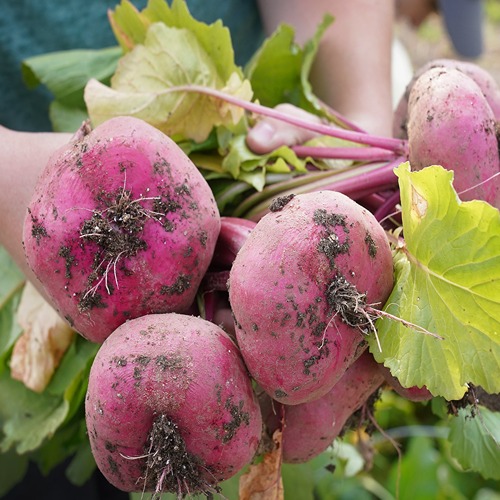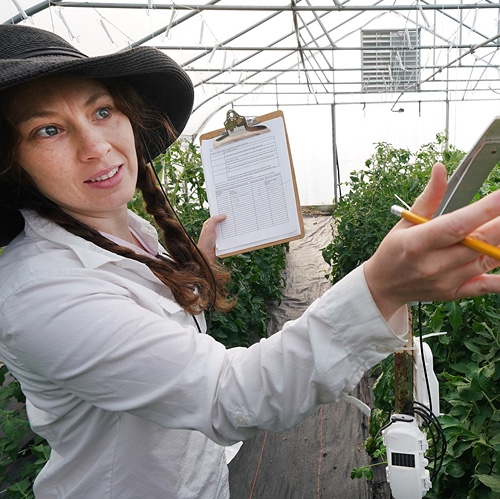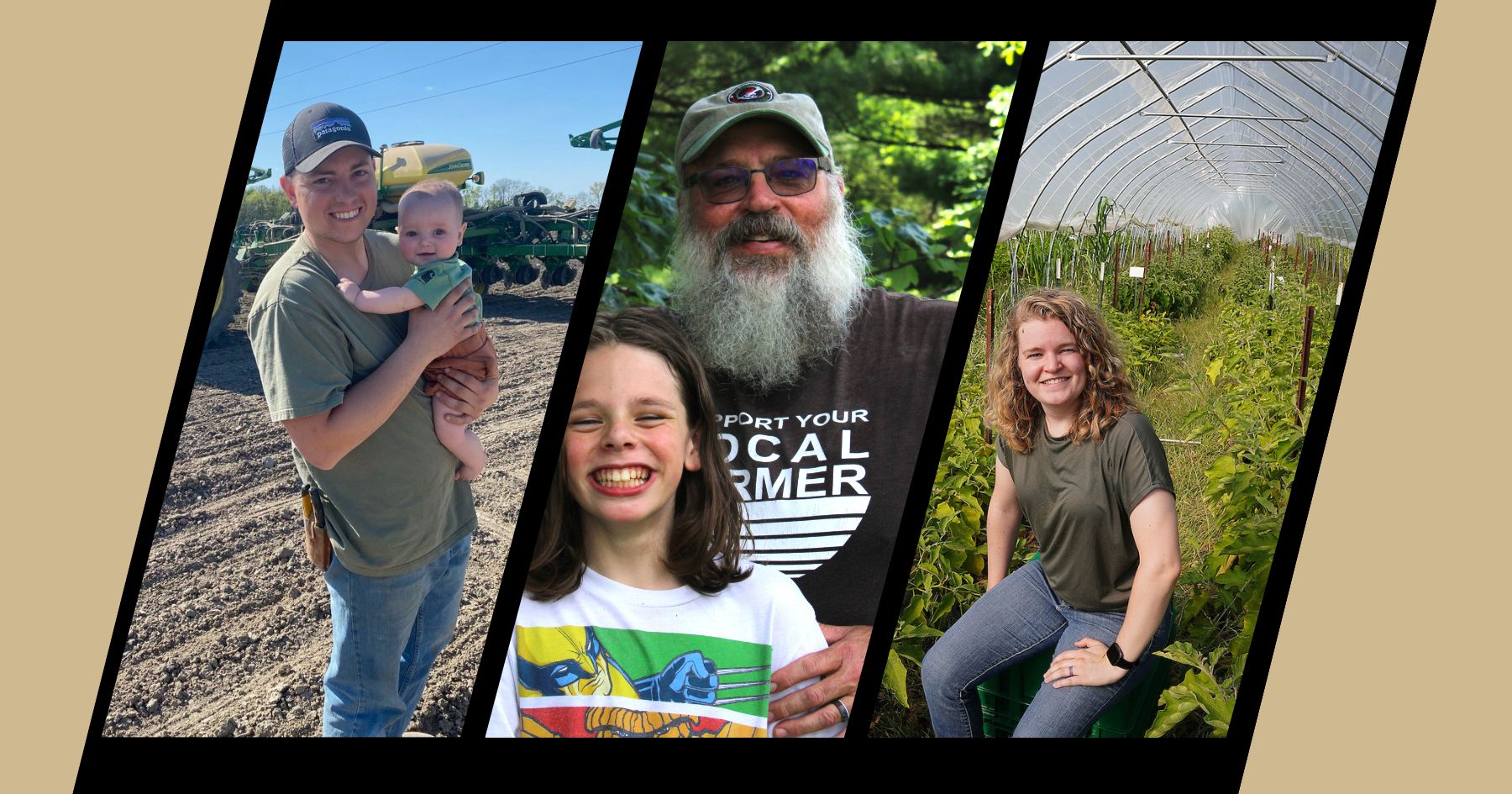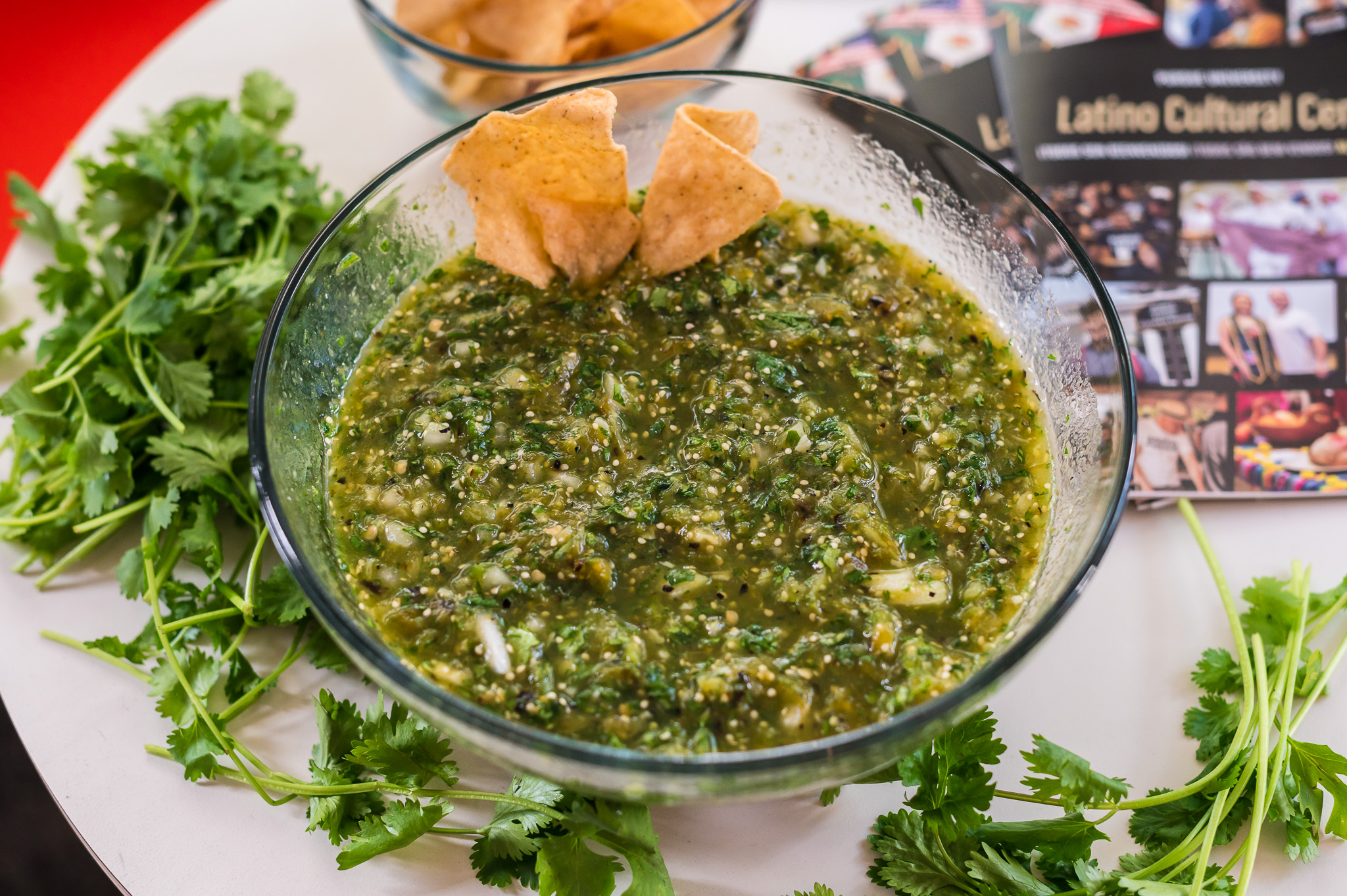Purdue Student Farm
Purdue Student Farm
The Purdue Student Farm is a small, sustainable farm managed by the Department of Horticulture and Landscape Architecture (HLA). The Student Farm is the outdoor lab for the Sustainable Food and Farming Systems major in HLA, several academic courses, and graduate students and is located near the Kampen Golf Course and Daniel Turf Center off Cherry Lane. We grow beautiful vegetables and herbs using the principles that naturally govern balanced ecosystems. We also emphasize the education of our undergraduate students through sustainable farming methods. Our educational work is all about food:
- How food can be grown effectively on a small scale
- How food can and should be marketed for profit
- How food utilization can affect the farmer and community
- How food intersects with the economy and the environment
The farm began modestly on the west side of campus in 2010 and has grown into one of the best student farms in the world. It successfully adapted during the COVID-19 pandemic by pivoting to a CSA model when dining courts closed and has since become a vital part of both the university and local community, embodying the land-grant mission of teaching, research, and extension.
The farm serves several purposes:
- Educational - providing hands-on learning opportunities for students and farm operators
- Research - supporting innovative sustainable agricultural studies and experiments
- Community engagement - providing locally grown produce through a Community Supported Agriculture (CSA) program and hosting Extension events
The day-to-day farm operations are managed by several student groups: those enrolled in the "Small Farms Experience" courses, volunteers in the Purdue Student Farm Organization (PSFO), part-time undergraduate interns, and full-time undergraduate summer interns. The farm manager, Chris Adair and Director Petrus Langenhoven provide guidance to the student workers to further their education. As a functioning enterprise, our harvest is dispersed in three different ways:
- Through our Community Supported Agriculture (CSA) programs (Boilermaker Salad Kit and Boilermaker Vegetable Season Pass)
- Commercially to Purdue University Dining Halls
- Donations to community food pantries
If you want to learn more, join our work, or purchase our food, contact us for more information. We welcome everyone!
Donate
Donations to the Purdue Student Farm can be made through Purdue's online giving site.








